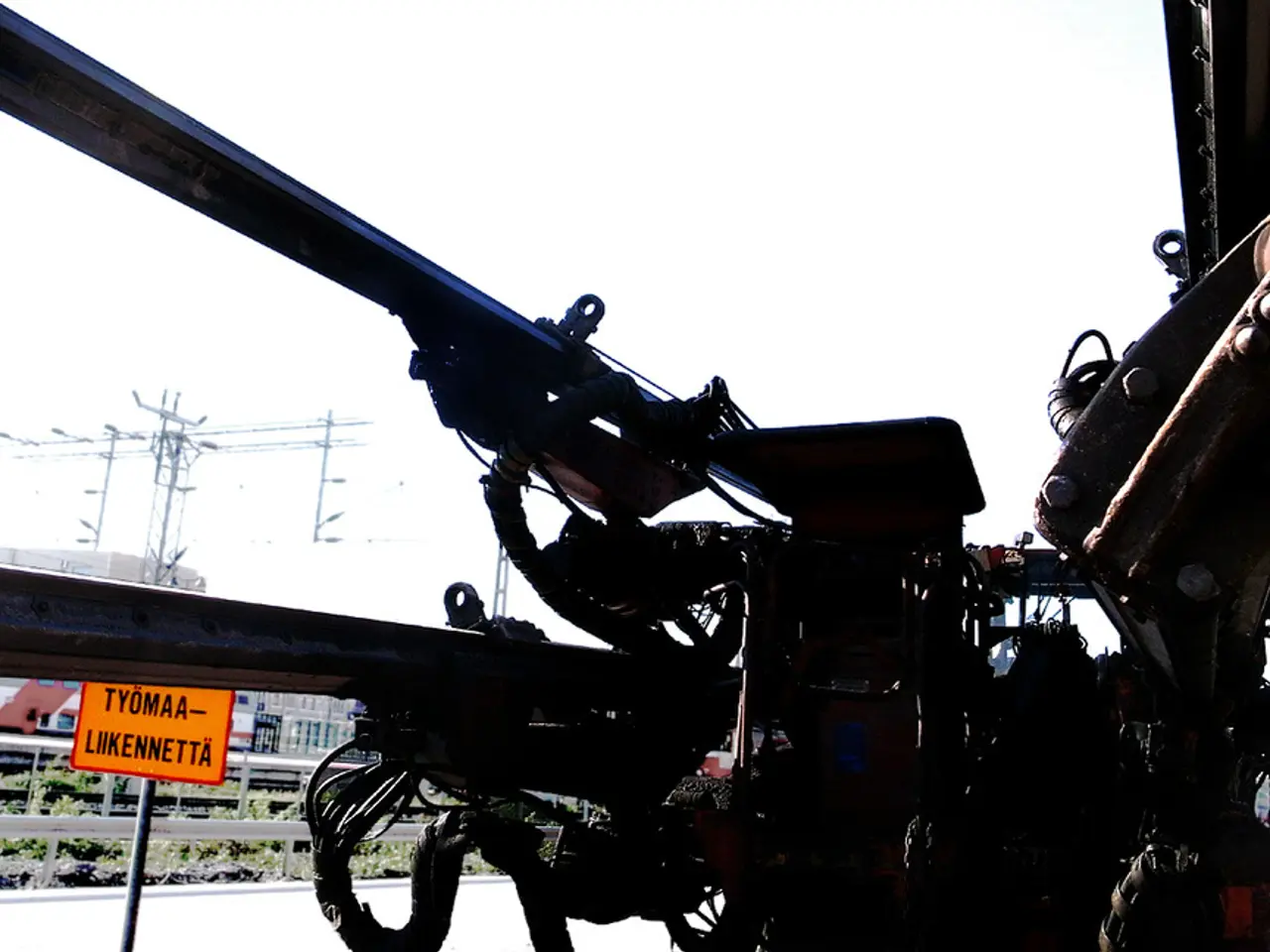Motor progression through the ages: a look at how motors have developed and their capabilities for energy transformation
Electric motors, a cornerstone of modern technology, have been shaping our world for over two centuries. Their journey began in the early 19th century, driven by key discoveries linking electricity and magnetism, and has since been marked by incremental technological advancements through the Industrial Revolution. Today, these motors power a diverse range of applications and are at the forefront of innovative developments.
Timeline and Key Developments
Our tale of electric motors commences in the pre-19th century, with foundational scientific understandings of electricity. Notable figures such as William Gilbert, Benjamin Franklin, and Alessandro Volta paved the way for continuous electric current with their groundbreaking discoveries. Volta's invention of the voltaic pile, the first electric battery, in 1799, was a significant milestone, enabling the generation and distribution of electricity.
Fast forward to 1831, and Michael Faraday discovered electromagnetic induction, demonstrating the relationship between electricity and magnetism. This pivotal discovery was the basis for both generators and motors, as passing current through a coil causes it to rotate, the principle behind electric motors.
In the mid-19th century, engineers from various European countries made significant strides in motor and generator development. Improvements in armature designs and the creation of dynamos led to commercially feasible large-scale electricity generation and enhanced electric motors used in industry.
Late in the 19th century and into the early 20th century, electric motors found their way into vehicles. Robert Anderson, an early pioneer, invented one of the first electric cars around 1830s. In the 1880s and 1890s, electric motors were integrated into vehicles, with notable patents for wheel hub motors and the development of electric cars like Lohner–Porsche’s wheel-hub motors debuted in 1900. Ferdinand Porsche raced an electric hub motor car in 1897, highlighting the quietness and simplicity of electric propulsion. Electric cars became commercially used around 1897, including electric taxis in London and New York.
Throughout the 20th century and beyond, electric motors and vehicles saw varied adoption, with many manufacturers producing electric automobiles noted for their ease of use before mass gasoline car production dominated.
Future Innovations
The trend in electric motor development increasingly focuses on improving efficiency, power density, integration with renewable energy, and expanding the use in electric vehicles, drones, robotics, and smart industrial applications. Innovations such as in-wheel hub motors, advanced materials (e.g., rare-earth magnets, superconductors), and integration with AI for precision control are leading the next generation of electric motor technology.
Upcoming innovations in motor technology include advancements in energy storage solutions, enhanced automation, and integration of artificial intelligence and machine learning through smart motors.
Summary Table
| Period | Key Developments | Significance | |--------------------|----------------------------------------------------|--------------------------------------------| | 1600s-1799 | Electricity basics; Volta’s battery (1799) | Foundation of continuous electric current | | 1831 | Faraday’s electromagnetic induction | Basis for both generators and motors | | Mid-1800s | Armature improvements, dynamos | Commercial electricity generation | | Late 1800s-early 1900s | Electric vehicles, wheel hub motors, first electric taxis | Early commercial electric transport | | 20th century-present | Diverse motor applications, electric vehicles evolution | Mass adoption and ongoing innovation |
The evolution of electric motors is tightly coupled with broader developments in electricity and industrial technology, with future innovations focusing on efficiency, integration, and new applications such as electrified transport and automation.
Science and technology have been intertwined throughout the history of electric motors. Key discoveries in environmental-science, such as William Gilbert's research on electricity in the pre-19th century, and Alessandro Volta's invention of the voltaic pile in 1799, paved the way for continuous electric current. Today, advancements in technology are driving the development of electric motors, with a focus on improving efficiency, power density, integration with renewable energy, and expanding their use in various fields, including climate-change mitigation and environmental-science research.




